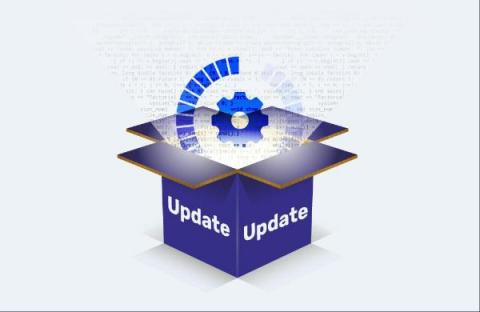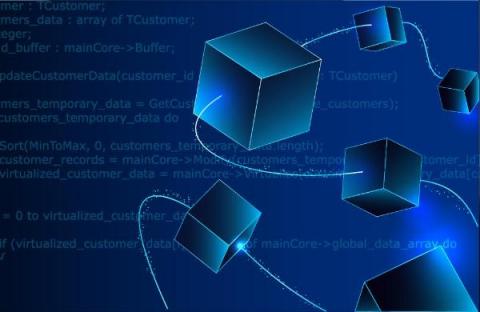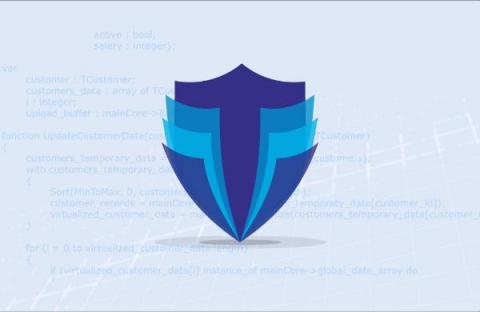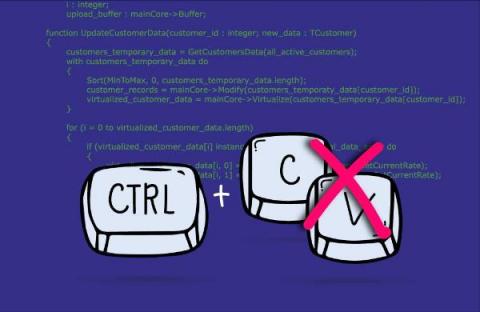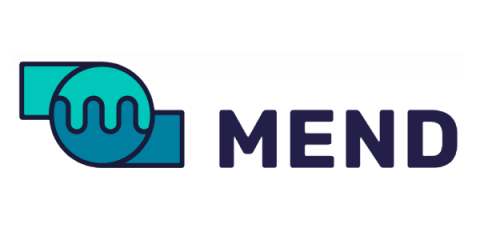Security | Threat Detection | Cyberattacks | DevSecOps | Compliance
Mend
Two Birds, One Stone: Shrinking Security Debt and Attack Surfaces
Malicious Package Trend Analysis
Why is Software Vulnerability Patching Crucial for Your Software and Application Security?
Software vulnerability patching plays a critical role in safeguarding your code base, software, applications, computer systems, and networks against potential threats, and ensuring they’re compliant, and optimized for efficiency. Organizations’ codebases have become increasingly complex, involving sophisticated relationships between components and their dependencies.
The New Era of AI-Powered Application Security. Part Two: AI Security Vulnerability and Risk
AI-related security risk manifests itself in more than one way. It can, for example, result from the usage of an AI-powered security solution that is based on an AI model that is either lacking in some way, or was deliberately compromised by a malicious actor. It can also result from usage of AI technology by a malicious actor to facilitate creation and exploitation of vulnerabilities.
Software Supply Chain Compliance: Ensuring Security and Trust in Your Software and Applications
Software and applications make the world go round. This naturally makes them a top attack target for threat actors, and highlights the importance of robust software supply chain compliance. But how do companies build and implement a compliance strategy that solves the challenges of modern application security? Let’s take a look.
The New Era of AI-Powered Application Security. Part One: AI-Powered Application Security: Evolution or Revolution?
Imagine the following scenario. A developer is alerted by an AI-powered application security testing solution about a severe security vulnerability in the most recent code version. Without concern, the developer opens a special application view that highlights the vulnerable code section alongside a display of an AI-based code fix recommendation, with a clear explanation of the corresponding code changes.
How Does SLSA Help Strengthen Software Supply Chain Security?
A relatively new way of strengthening your software supply chain security is to apply Supply Chain Levels for Software Artifacts (SLSA) in tandem with other tools such as software bills of materials (SBOMs), software composition analysis (SCA) for open source, and static application security testing (SAST) for proprietary code. Let’s take a look at what SLSA is and how its different levels work.
Why You Should Avoid Copy and Paste Code
So many things seem like a good idea at the time. The Red Sox selling Babe Ruth to the Yankees. Decca Records rejecting The Beatles. “New” Coca-Cola. Blockbuster passing on buying Netflix. The formation of Nickelback. Just popping into Ikea for a “quick” look around. Of course, we know differently. And the same can be said about copying and pasting code.
Announcing the Open-Source Reliability Leaderboard: A New Resource for Preventive AppSec
We are excited to announce the inaugural edition of the Mend.io Open-Source Reliability Leaderboard! Powered by data from Renovate, the wildly popular open-source dependency management tool, the Leaderboard presents the top packages in terms of reliability across three of the most widely used languages.





